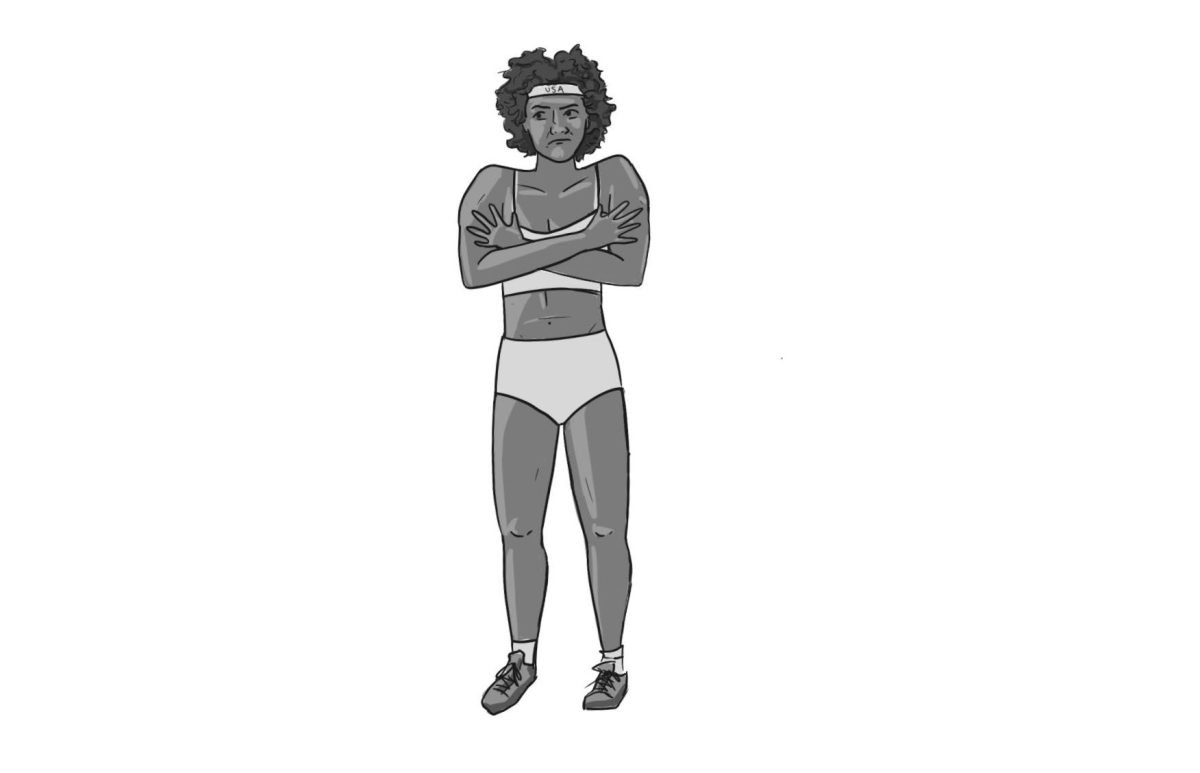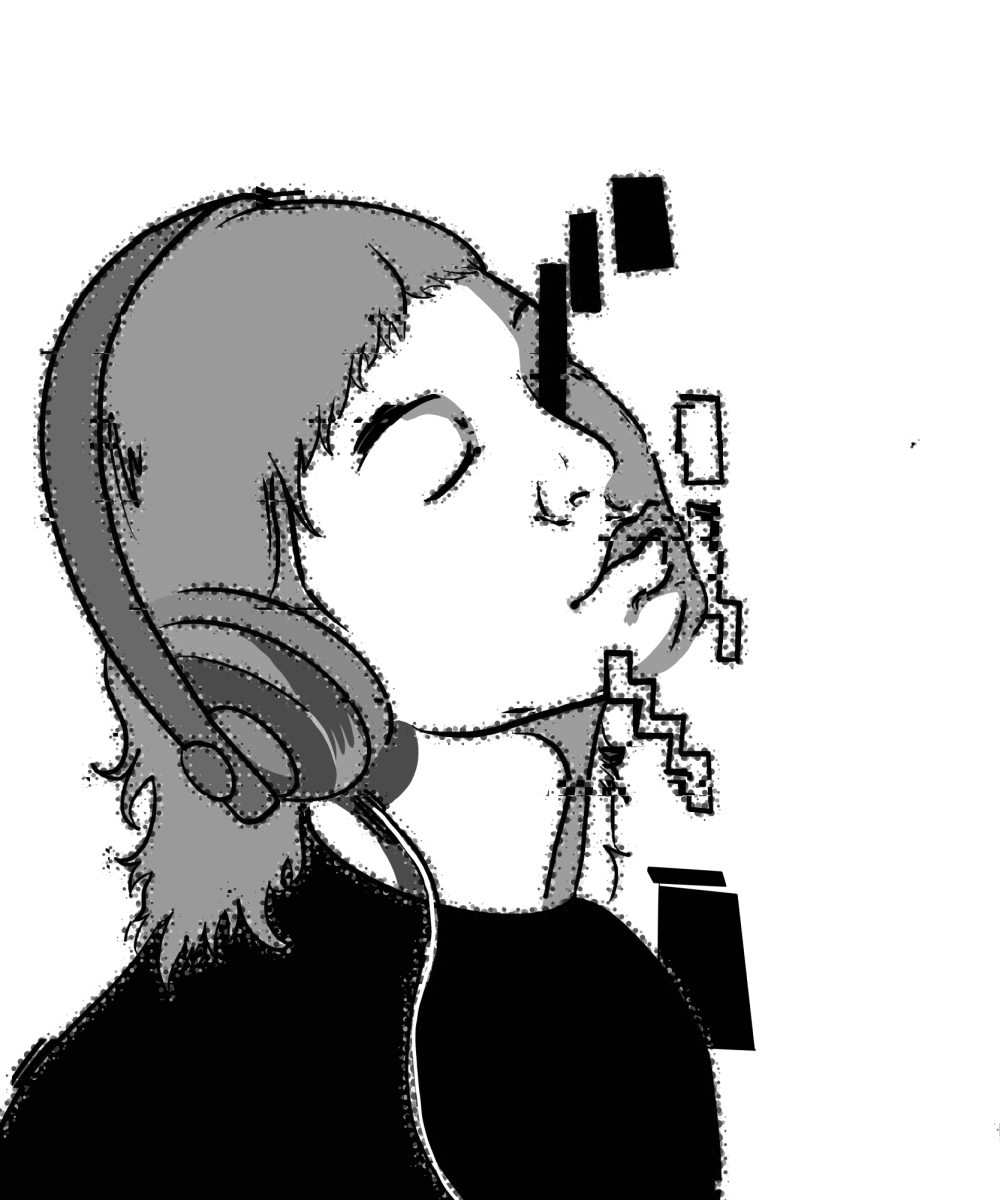
A few weeks ago, I did an experiment in biology lab that involved cutting open the body cavity of a live frog and dripping adrenaline onto its still-beating heart. The results, a dramatically increased heartbeat, were incredible to watch firsthand. However, dissecting a living animal instead of a dead one made me think about the value of life in a way I never had before.
Despite being vegetarian and pacifist, anatomy is so fascinating that cutting open dead animals to look at their insides has never bothered me. On the contrary, I really enjoy it. I think it is important to see and become physically familiar with the different organ systems as a way to understand the interactions and processes that happen inside the creature, and as a way to compare one life form to another.
When the animal is dead it’s easy to take its entire life for granted. Once it’s dead, it’s dead. There is no harm in using its body for science. The animals seem like they’ve only ever been a bunch of squishy parts that came together to function like a machine would, rather than the remnants of an actual living creature. I’ve dissected a lot of animals, everything from horseshoe crabs to squids to fetal pigs, and I don’t think I ever once thought about the life the animal might have lived before dying.
With vivisection, it seemed so clear that as far as we were concerned, the end-all be-all point of this animal’s life was to be used as a science experiment. From a reductionist perspective, all a frog really does is eat, breathe, reproduce and just exist. Yet, our involvement raised its perceived value and purpose in life to be defined by what could be learned through its death, and not any sort of value it could create by just existing. I don’t know if there is a specific point to any life, especially the life of a frog, but I like to think that there is some sort of inherent value in life.
Modern justification for using live animals for the good of science can be traced back to Claude Bernard, the founder of experimental physiology. In his 1865 book, “An Introduction to the Study of Experimental Medicine,” he spends a lot of time discussing the importance of vivisection. He wrote, “He [the scientist] does not hear the animals’ cries of pain. He is blind to the blood that flows. He sees nothing but his idea, and organisms which conceal from him the secrets he is resolved to discover.”
Vivisection is important because while anatomy can explain the parts of organs, physiologic function is complicated and intricate. If you have a new hypothesis about how something works inside the body, it must be tested in a living system. The body has so many interacting factors and coordinating centers that a simulation might not be good enough to predict how the body’s systems will be affected. Life is so complex that it would be near impossible to account for every quirk within an individual’s physiology.
Nevertheless, I felt weird about vivisection. Opening a living animal seemed so unnatural, like we were breaking some sort of unspoken rule about bodily margins. The frog was completely brain dead by that point; it couldn’t feel a thing, but my discomfort didn’t come from my fear that the animal might have been in pain. It came from the blurring of boundaries, and the power of manipulating how or if life will proceed. Once the body was opened, the taboos surrounding life and death were unmasked and irrelevant. I got to play with some of the fundamental principles that govern life, and, though it took me out of my comfort zone, it was exhilarating.







